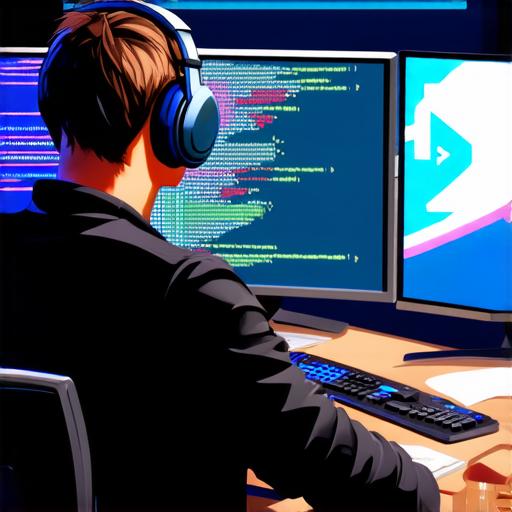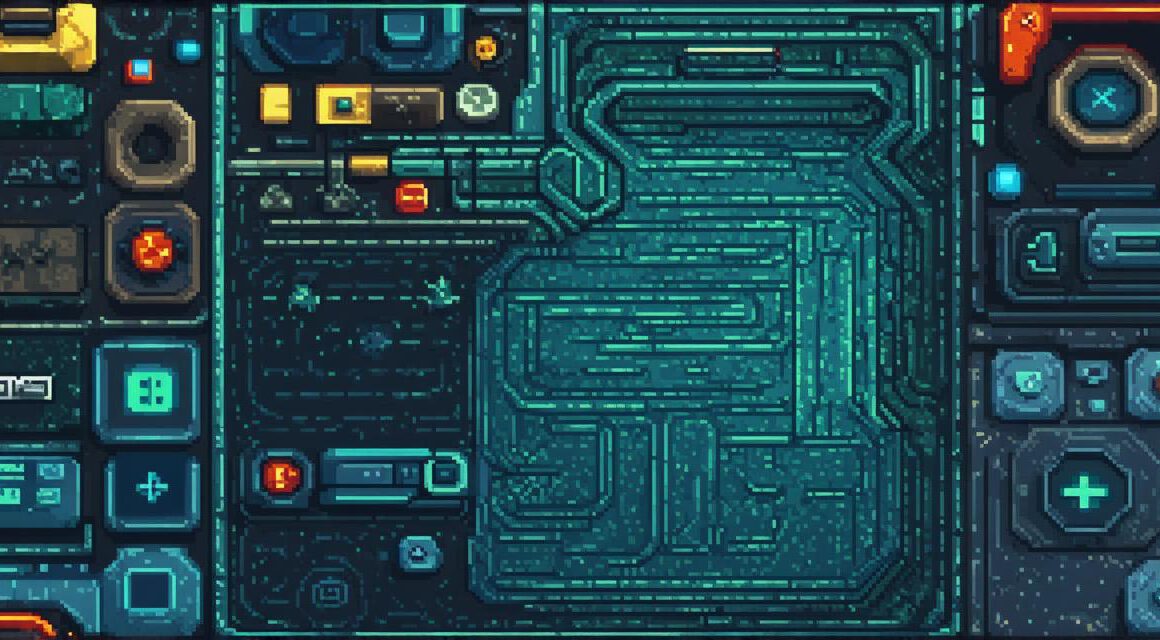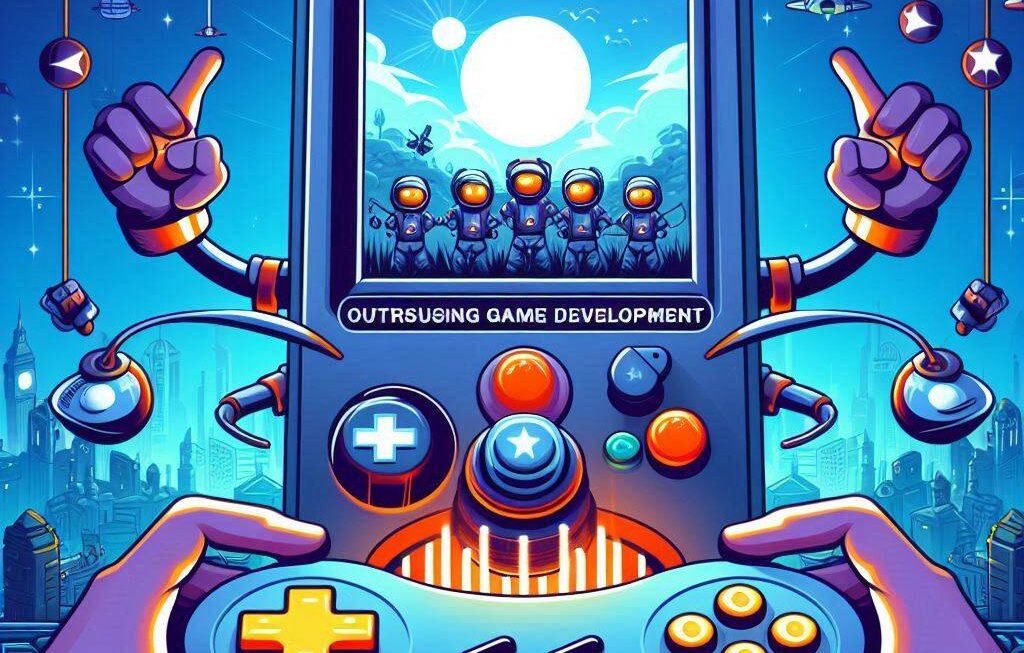In the dynamic world of game development, Unity 2D stands out as a powerful tool for creating engaging, interactive experiences. Here are some expert tips, strategies, and case studies to help you excel in this realm.
Embrace Simplicity
“Simplicity is the ultimate sophistication,” as Leonardo da Vinci once said. In game development, simplicity means focusing on core mechanics that provide the most fun and engaging experience for players. Start small, then gradually build upon your foundation. For instance, consider Angry Birds, a game that focuses on a simple mechanic of slingshotting birds at structures to destroy them, yet it has captivated millions worldwide.
Optimize Performance
A smooth gaming experience is crucial to player satisfaction. Optimizing performance involves reducing unnecessary objects, using efficient scripts, and leveraging Unity’s built-in tools like Occlusion Culling and Batching. For example, in a 2D platformer game, you might optimize by only rendering visible sprites, thus improving the frame rate and overall performance.
Leverage Sprites
Sprites are 2D images or graphics that form the visual building blocks of your game. Mastering sprite creation, animation, and management can significantly enhance your game’s aesthetics and performance. For instance, in a puzzle game, using well-designed and animated sprites can make the game more visually appealing and easier for players to understand.
Understand Physics
Physics plays a vital role in creating realistic and fun gameplay. Understanding Unity’s physics engine can help you create convincing interactions between objects, characters, and the environment. For example, in a racing game, using realistic car physics can make the game more immersive and challenging for players.
Experiment with Shaders
Shaders are programs that control the rendering of graphics. Experimenting with shaders can add unique visual effects to your games, making them stand out from the crowd. For instance, in a platformer game, using a parallax scrolling shader can create a sense of depth and immersion.

Collaborate and Learn
“If I have seen further, it is by standing on the shoulders of giants,” said Isaac Newton. Collaborate with other developers, attend workshops, and never stop learning. The game development community is rich with resources and knowledge. For example, joining Unity’s online forums or attending local game development meetups can provide valuable insights and connections.
Case Study: Super Meat Boy
Super Meat Boy, a popular 2D platformer, demonstrates the power of simplicity, performance optimization, and creative use of sprites and physics. Its success serves as an inspiration for aspiring game developers. For example, the game’s simple yet challenging mechanics, combined with its fast-paced gameplay and vibrant visuals, have made it a beloved title in the gaming community.
FAQs
1. What software is best for 2D game development? Unity 2D is a popular choice due to its versatility and user-friendly interface. Other options include GameMaker Studio 2, Construct 3, and Godot Engine.
2. Do I need to know programming to create games in Unity 2D? While it’s beneficial, there are visual scripting options available for those without coding experience, such as Unity’s Visual Scripting system or third-party tools like Playmaker.
3. How long does it take to learn Unity 2D? The learning curve varies for each individual, but with consistent practice and exploration, you can become proficient in a matter of months.
In Summary
Mastering Unity 2D game development requires patience, persistence, and a willingness to learn. By embracing simplicity, optimizing performance, leveraging sprites, understanding physics, experimenting with shaders, collaborating, and never stopping to learn, you’ll be well on your way to creating captivating 2D games.



